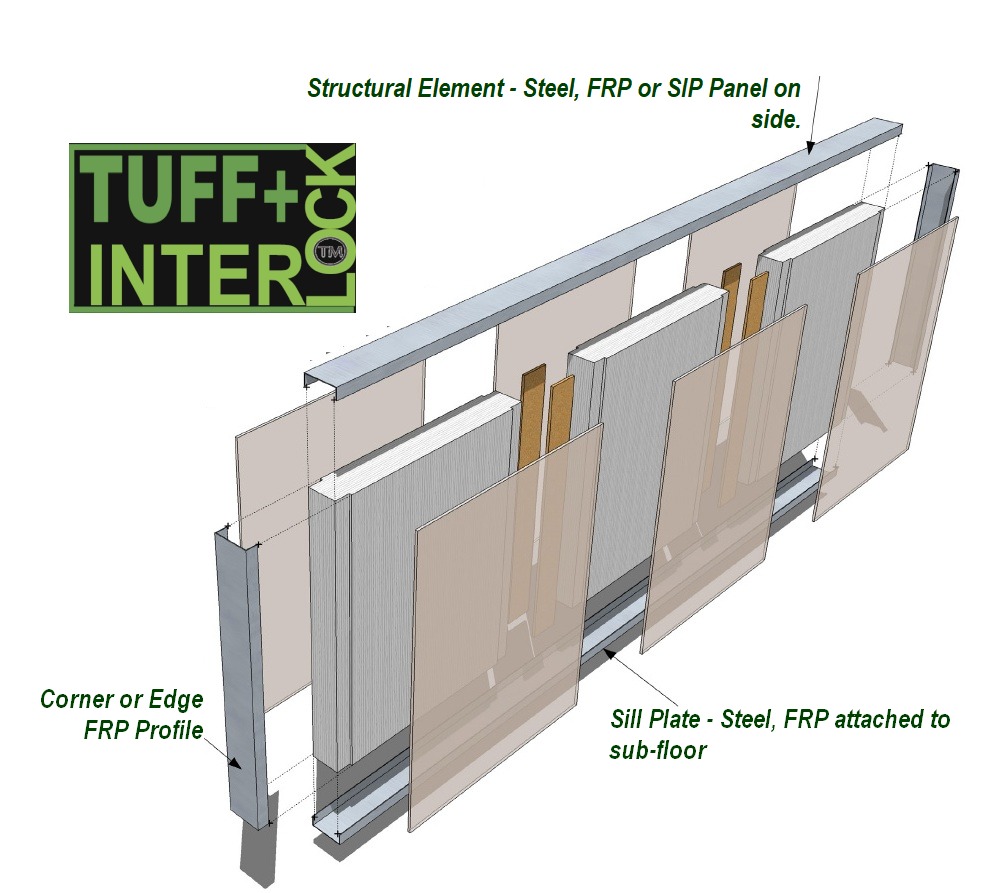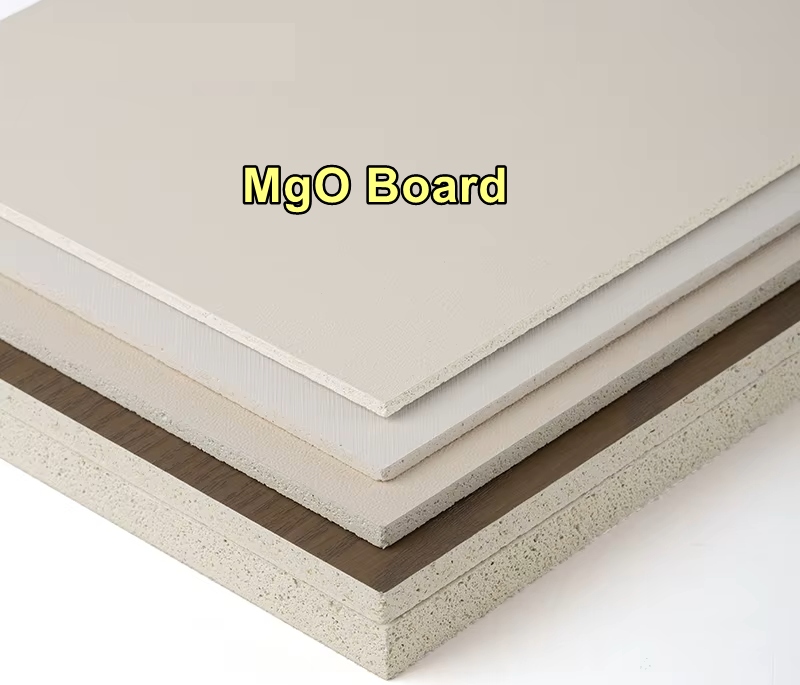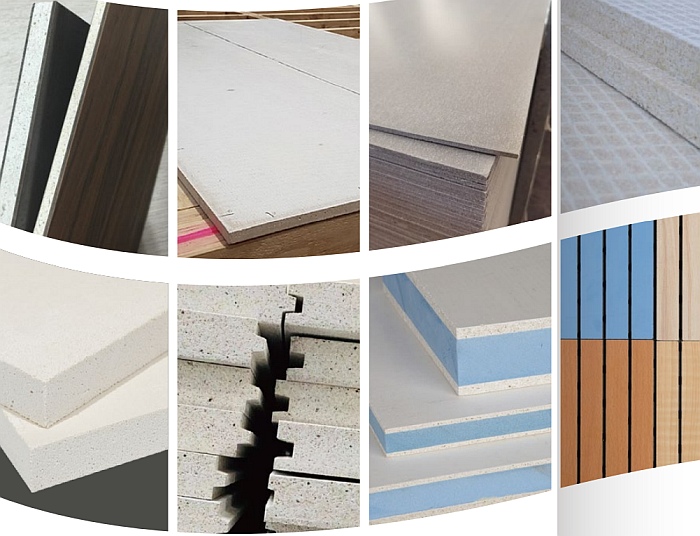 PRODUCTS
PRODUCTS
MgO Magnesium Oxide in Structural Insulative Panels (SIP), boards and flooring.
MgO board, also known as magnesium oxide board, is a building material made from magnesium oxide, a mineral cement, and reinforced with fiberglass mesh, offering fire resistance, water resistance, and durability
The best facing for Structural Insulated Panels (SIP) because of benefits.
SEE ALSO:
https://tuffplus.global/announcements/sip/
MgO has superior fire suppression characteristics when compared to portland cement, OSB, and plywood. MgO's water-resistant characteristics make it more resistant to mold than plywood, OSB, and gypsum board. MgO SIPs provide numerous health and safety benefits to homeowners.
MgO itself is resistant to fire and mold and won’t off-gas harmful fumes.
Thick MgO SIPs provide superior comfort and efficiency without the need for additional insulation or air barrier. Homeowners concerned for their carbon footprint will like that SIP home construction drastically reduces construction waste, and reduces carbon emissions from transportation to and from the building site.
MgO SIPs are used in walls, ceilings, roofs, decks, and foundations. Different SIP configurations are suitable for different conditions


Magnesium Oxide Boards vs. Other Materials
It’s safe to say that magnesium oxide boards have several advantages over other construction materials, based on the benefits previously mentioned.
a. Gypsum
Although both gypsum and magnesium oxide boards are eco-friendly, the former poses more harm to people because its fly ash releases toxins when cut.
b. Portland cement
Portland cement lacks water-resistant and fire-suppressing capabilities. Plus, MgO leaves a smaller carbon footprint compared to cement. And although Portland cement is recognizably strong, MgO has a higher rating on impact strength even though it is considerably lighter in weight.
c. Plywood
MgO is undoubtedly safer than plywood as a construction material. Plywood is not flame resistant and could quickly spread fire it is not water resistant, making it susceptible to moisture that could grow mould and vulnerable to water damage.
d. Oriented strand board (OSB) - a wood fiber board similar to plywood.
When it comes to safety, MgO ranks higher than OSB. The OSB releases formaldehyde, a dangerous toxin. It is not fire resistant nor is it resistant to moisture and termites.
What is the composition of a MgO?
Magnesium oxide board is made of natural materials such as inorganic substances, plant fibres. It is eco-friendly, healthy, and pollution-free, with no asbestos, formaldehyde and radiation.
Magnesium oxide is a natural non-toxic inorganic mineral. It is calcined and pulverized into powders and mixed in the magnesium chloride solution.
Magnesium chloride (MgCl2) is added to the magnesium oxide powder to create an aqueous solution. It is stirred until it becomes cement slurry.
Perlite (PO4) is a type of obsidian, which is a vitric rock cooled rapidly from lava in volcanic eruption. It is widely used as an insulating material and added to magnesium oxide boards to enhance its fire resistance.
Wood fiber, also known as sawdust, is mixed into the cement slurry and acts as an adhesive to assist the overall performance of the product.
Non-woven fabric is composed of directional or random fibres, with moisture-proof, breathable, flexible and other characteristics.
Fiberglass mesh is an inorganic non-metallic material with excellent performance, which increases the strength and toughness in the board.
Example Products

HOW TO USE THIS PRODUCT CATALOG
1 Select the Category/Sector which you wish to search in.
2 Enter a word or keywords or a phrase into the “Product Search” field
3 Matches will be shown listed below, and you can then click on any match to see the details of that product.
4 To start a new search, click the RESTART button
Discover TUFF+ products
You can also search by any keyword using the global search menu option!


Photos of TUFF+ Manufacturing Plants







